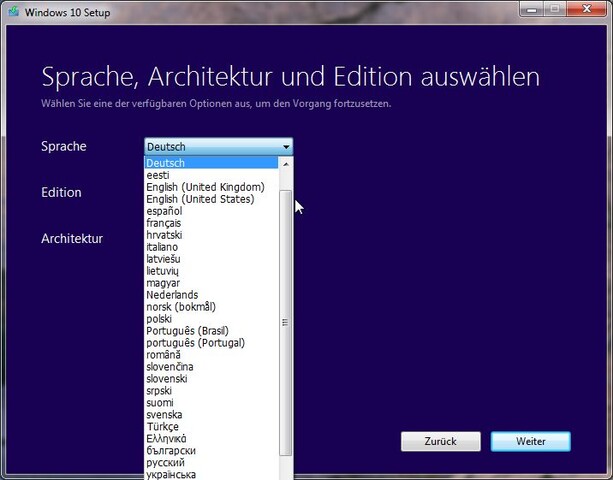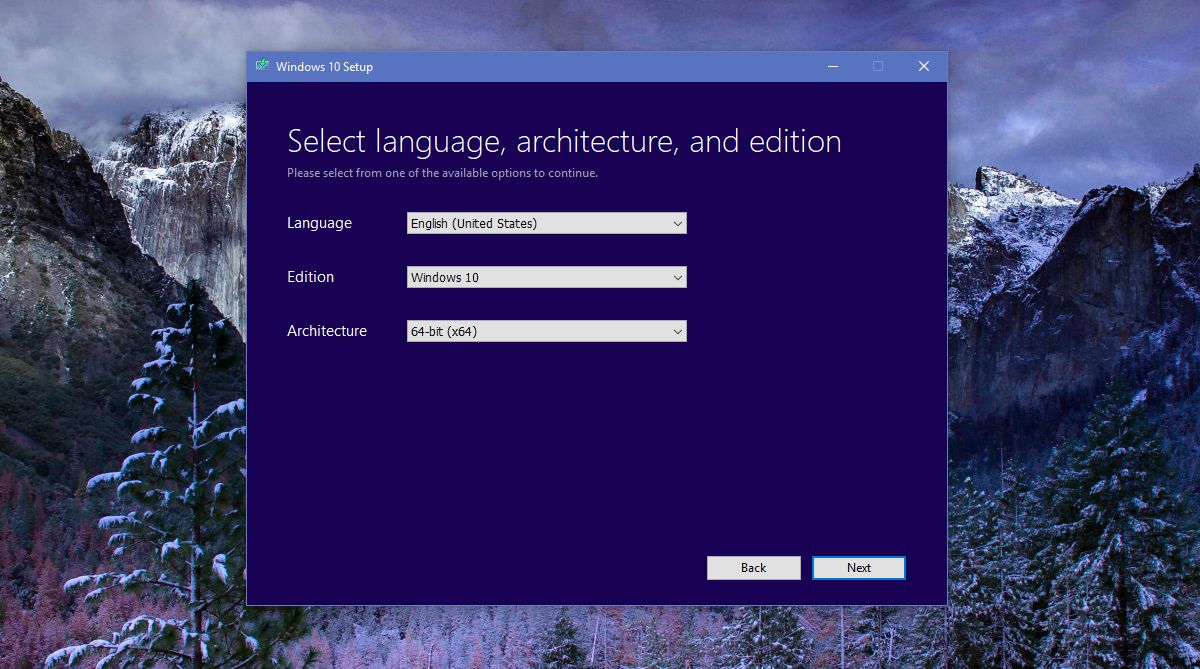
To go directly to one of the versions, select one of these links: Windows 7. On that website, you can select a version of Windows and create your own installation media using either a USB flash drive or a DVD. If you choose the option to create a Flash unit, you'll have to insert a USB pendrive with at least 3 GB of free space, but if you choose to create an ISO image, you'll have to burn the copy onto a DVD to use it. To create installation media, go to the software download website, where you'll find step-by-step instructions.

Be patient because you're in for a long wait.Hit ‘Next’ one more time, then ‘Finish’ and the tool will begin the process. The Windows 10 Media Creation Tool is not downloading correctly on my home computer, which has a 32 bit processor. Choose whether to create a Flash unit or an ISO image. Hit the ‘Next’ button, choose the ‘USB Flash Drive’ option, then select your flash drive from the list.Choose the language, architecture and the Windows version to be installed.Choose the option 'Create an installation media for another PC'.When the tool starts, click Accept to accept the license terms. Once the file has downloaded, just double-click it to start the tool and then click Yes to give it permission to make changes to your PC.

Download and run W10 Media Creation Tool. Start by downloading either the Windows 10 Media Creation Tool or the Windows 8.1 Media Creation Tool.You only have to follow these steps to have a free copy of Windows 10: With the Windows 10 Media Creation Tool, installing the newest operating system by Microsoft manually is really easy.

If you want to update your PC to Windows 10, but you're having trouble with the download and automatic update on your computer, you can resort to Media Creation Tool, with which you can create a USB or DVD with files necessary to carry out the installation manually, thanks to this Windows 10 ISO or USB Tool.


 0 kommentar(er)
0 kommentar(er)
